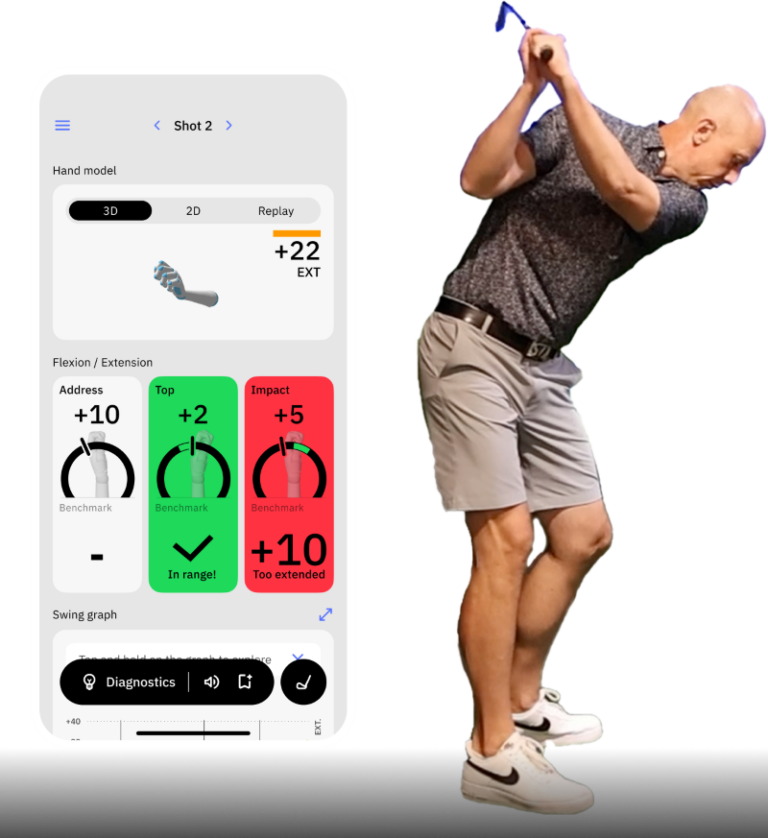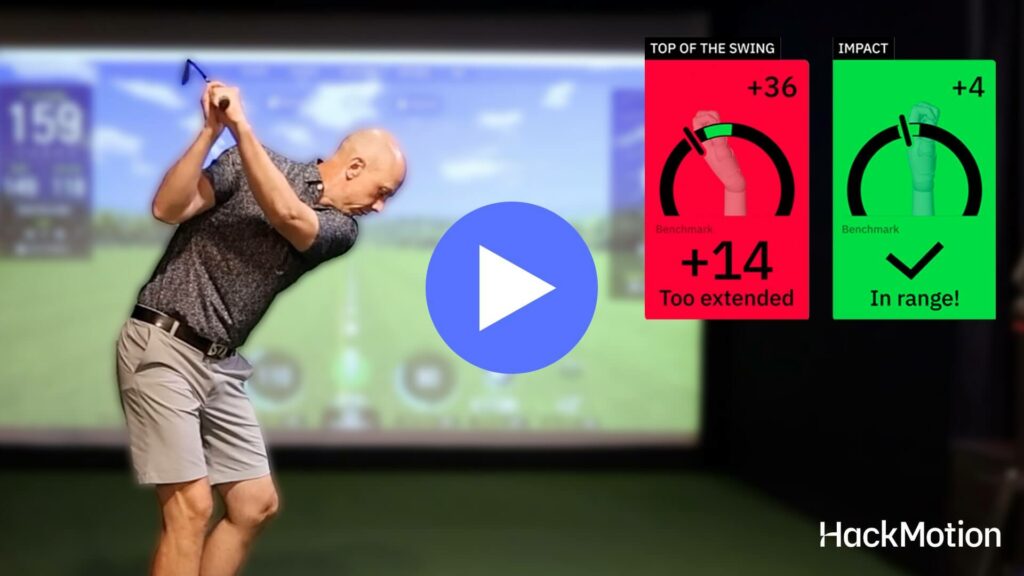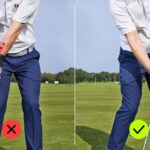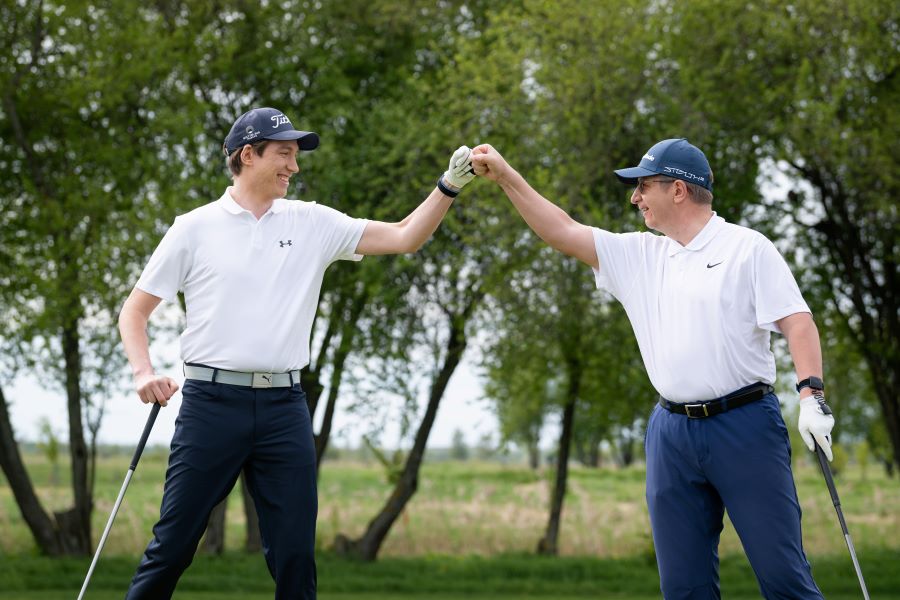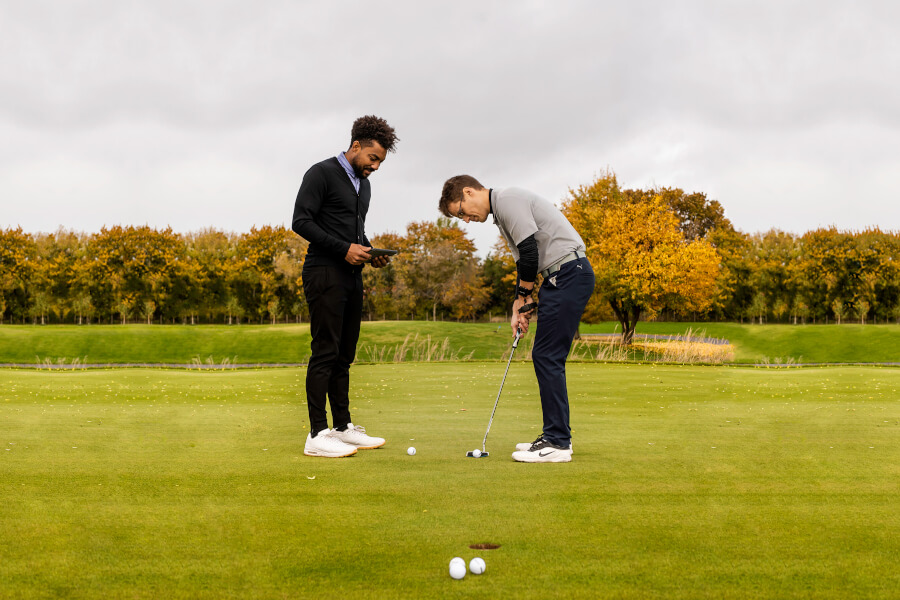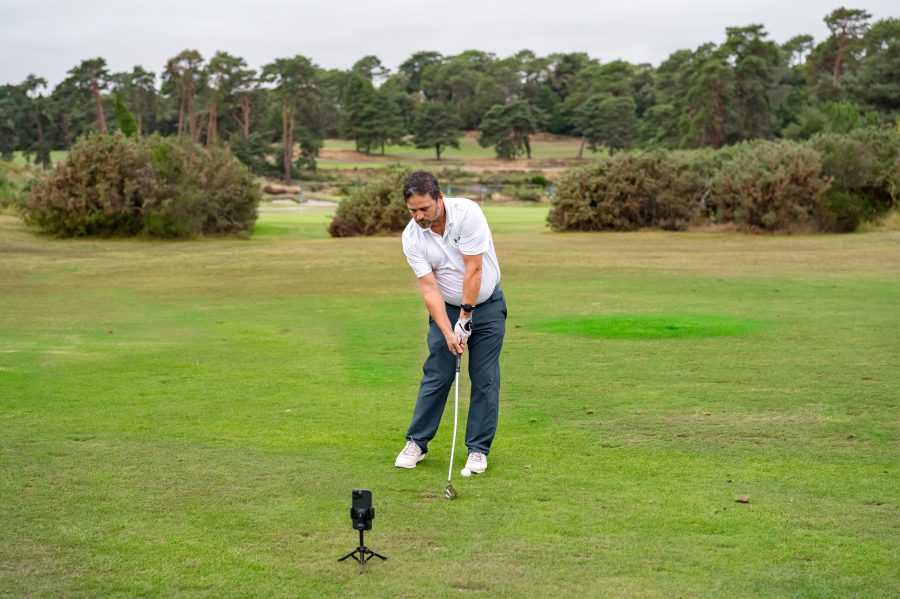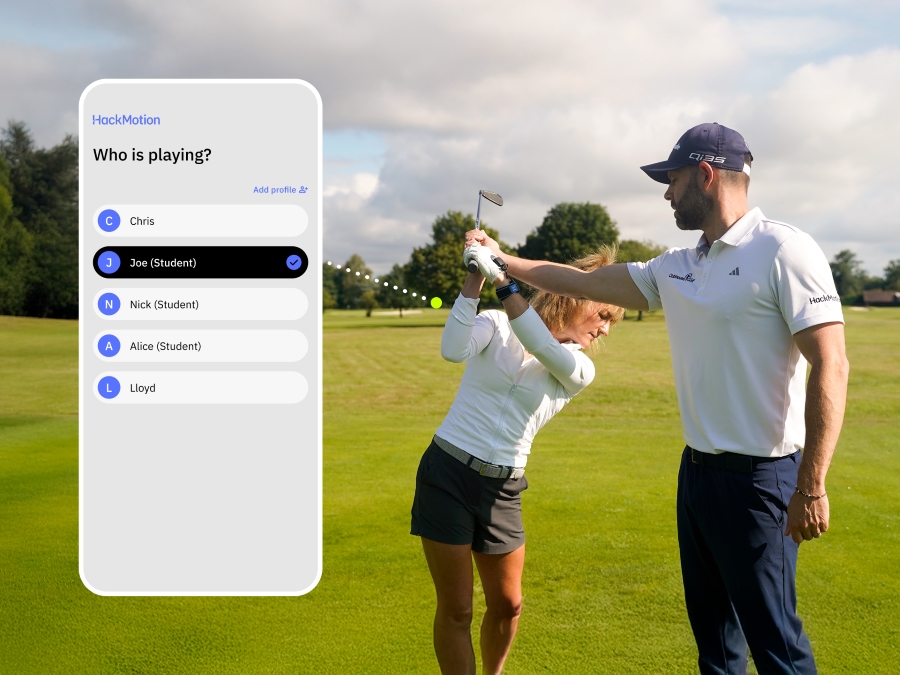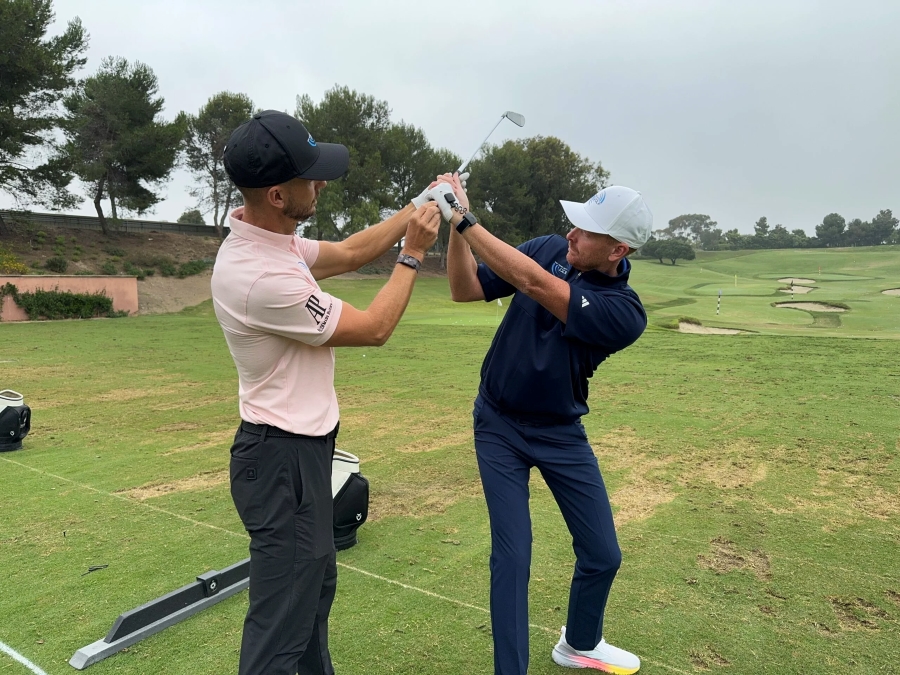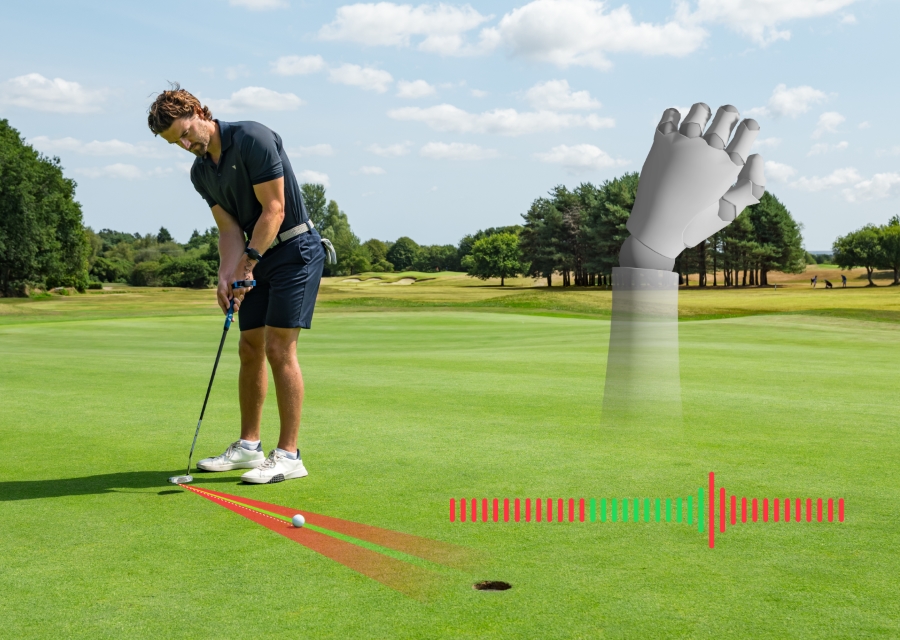How to Get the Most Out of Your Golf Lesson: 10 Pro Tips That Actually Work
A golf lesson is only as valuable as what you take away from it. You’re paying for this information and insight, so you might as well get as much out of it as you can.
Some golfers walk in tired, over-prepared, or stuck on their own ideas of what’s “wrong.”
Here’s how to make every minute with your coach actually count.
Maximize Your Golf Lessons (Key Takeaways)
- A good golf lesson isn’t about hitting more balls; it’s about learning something you can repeat.
- Come in rested, warmed up, and ready to show your real swing, not your “showcase” version.
- Be open-minded and honest. The more your coach sees your true habits, the faster they can help.
- Listen more than you talk, take notes right after the lesson, and always ask for a clear recap.
- Use technology when possible. Data from tools like HackMotion or TrackMan can confirm what you feel and help you measure progress.
- Improvement takes time. One lesson is a starting point, and what you do afterward determines how far you go.
10 Tips to Get the Most Out of Your Golf Lessons
1. Don’t Show Up After Playing 18 Holes
Avoid scheduling a golf lesson right after playing or after a heavy driving-range session. The problem is that your level of fatigue is not what it normally would be when you head out for a round of golf.
Instead, do a light warm-up. Do some stretching, chips, and take a few swings. The goal is to show your normal swing, not the one that’s exhausted or even the one you think you’ve “perfected”.
2. Be Honest – Don’t Try to Impress Your Coach
Moving right along from making sure you don’t show up tired, you also don’t want to try to fool your golf coach into thinking you are something you are not.
Golf professionals can tell what you really shoot (or should be shooting). Bring the clubs you struggle with, and tell them the issues you are having.
Coaches are very good at fixing patterns, not one-off bad swings. If you start your lesson with a few bad swings, chances are they will not even pay attention and just move right into the issues they can see.
You’ll see more progress from lessons when you are transparent.
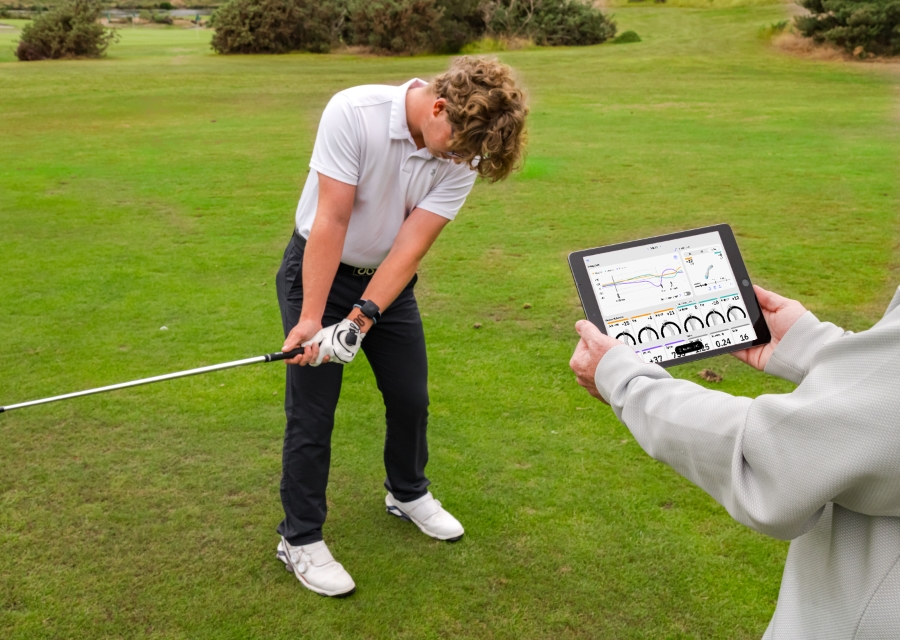
If you’re still searching for the right teacher, make sure you choose someone who fits your learning style. Read our guide on How to Find a Good Golf Instructor — it covers what to look for, red flags to avoid, and how to know when you’ve found the right coach.
3. Drop Your Swing Theories at the Door
We know you’ve seen the YouTube videos with all the information. Maybe even you read Ben Hogan’s Five Lessons. Sure, you think you’re casting or coming over the top.
The problem is that having yourself entirely “self-diagnosed” before you even go into the lesson can actually cause you to miss out on learning.
Let the coach observe your setup, motion, and ball flight. Keep an open mind, you’re there to learn.
4. Set Realistic Expectations
One golf lesson isn’t going to fix everything. Golfers who shoot 95 don’t take one lesson and shoot 85 consistently.
Your first goal should be understanding the causes of your misses, not eliminating them immediately.
Improvement happens when you practice what you learned, not just during the lesson itself. If you’re making a big change, ask your coach how long it typically takes to see results.
5. Listen More Than You Talk
At the beginning, your golf pro will want you to tell them about your game, the issues you are having, how you learn, etc. Once you have the information, you should give feedback and ask questions when necessary.
However, this may not be the time for you to be giving the coach lengthy explanations or stories from previous golf lessons.
Talking isn’t really the best way to learn, but listening can help you make some progress.
6. Quality Beats Quantity
Some golfers think that unless they hit 40 or even 80 balls during a lesson, they didn’t get the most out of it. Some golf professionals will tell you that their best golf lessons are when the player only hits 15 golf balls.
Prioritize feel, feedback, and repetition. The number of golf balls you hit in the lesson is not the priority or the goal. Sometimes, a slower tempo and greater awareness can also help you learn faster.
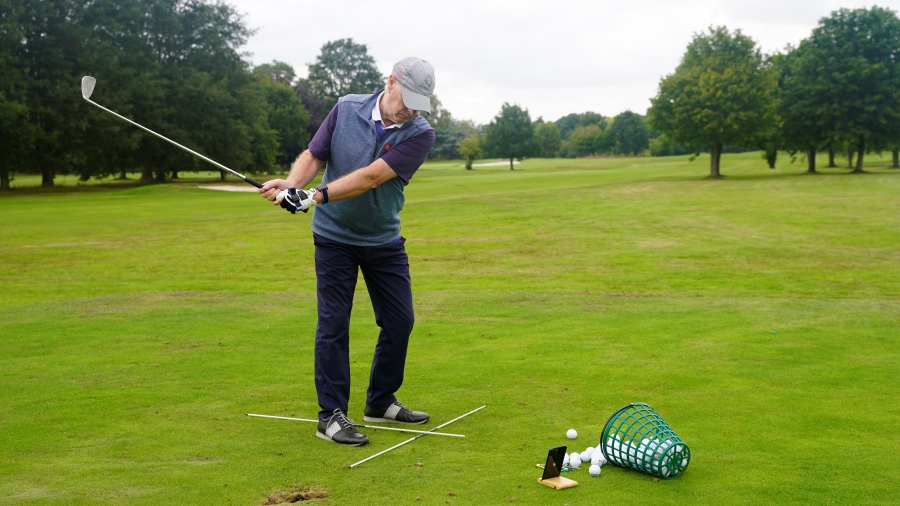
7. Take Advantage of Technology
Every day, more golf professionals invest in technology to better help their students.
Whether it’s HackMotion, TrackMan, or GCQuad, a golf lesson is a great time to take advantage of the technology available to you.
These tools don’t replace coaching; instead, they enhance it by turning feel into measurable feedback.
Ask your coach to show you the data (launch angle, spin, club path, wrist angles) and explain what it means for your game.
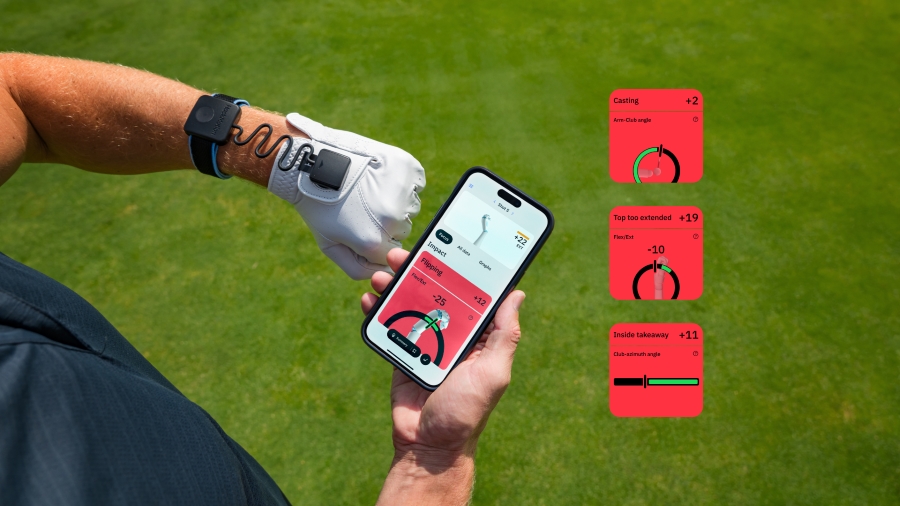
Want to work with a coach who already uses HackMotion technology in their lessons? Explore our HackMotion Golf Coaches Directory to find certified instructors near you who teach with data-driven feedback.
8. Ask for a Recap Before You Leave
When your lesson is over, make sure you ask for a recap. You want to ask your coach to summarize the main focus in one or two points. If they allow you, it may be worth recording this either audio or video.
Ask any questions you need to clarify things that you may still be a little fuzzy on.
9. Write Down What You Learned (And What It Felt Like)
When you walk away from the lesson, make a little note in your phone or on a notebook you keep in your golf bag.
Take these notes immediately after the end of the lesson. You can use some of your coach’s words, but you really need to focus on what this all felt like to you.
For example: “Coach said finish down the line — feels low and left to me.” The next time you head out to practice, you can review the notes to help get more out of your session.
10. Plan the Follow-Up
When you are wrapping up the end of your golf lesson, ask the golf professional when you should schedule your next lesson. You don’t need to rush it. If you know you won’t be able to practice for a few days, then maybe a two-week gap is necessary.
Clarify what drills to do and how often to do them. Use your phone or video tools to check in on progress before your next lesson.
Wondering how often you should schedule lessons to see steady progress? Check out How Many Golf Lessons Should I Take? for a breakdown of the ideal schedule based on your goals, time, and experience level.
Final Thoughts
The best golf lessons aren’t about fixing every flaw in one session; they’re about building a foundation for improvement.
If you show up rested, prepared, and open to feedback, you’ll give your coach everything they need to help you get better. Don’t chase perfection during the lesson; chase understanding and then use technology to check on progress between lessons.
The more active you are in this process, and the more you question and dig deep and learn, the more you will get out of the lessons.
